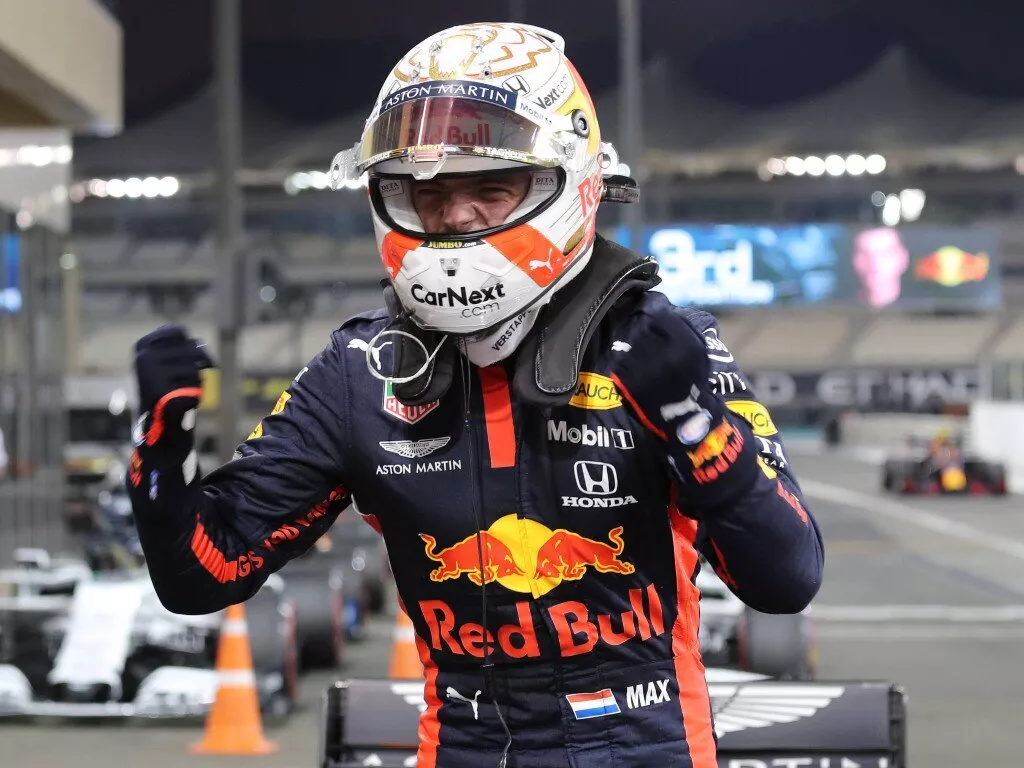F1: How does qualifying work in 2023?

(Courtesy : Formula 1)
We take a look at the qualification process in the world of motorsports.
As we approach the second race of the Formula 1 (F1) season, it's best to brush up our knowledge with the event that determines the starting positions of the grid every Sunday of the race weekend. More often than not, qualifying influences how a driver will be able to perform on race day. The higher the starting position on Sunday, the more likely the chances of getting a podium.
What is Qualification in F1?
F1 qualifying is about the teams and their drivers competing to set the fastest lap around a circuit in the shortest possible period. The results of Saturday's qualification determine the grid order for the race on Sunday. The driver who sets the fastest lap starts in the pole position, while the slowest one starts his race from the 20th.
How does an F1 Qualification take place?
Qualifying happens in three consecutive sessions. Q1, Q2, and Q3 are elimination rounds to filter out the top ten quickest cars for the final session, Q3. Five of the slowest cars get eliminated in Q1 and Q2, respectively. The slowest driver gets the 20th position for the race, as the rest are arranged in descending order based on their respective lap times. Q1 lasts 18 minutes, Q2 lasts 15 minutes, and Q3 lasts 12 minutes.
What's at stake for an F1 driver?

From a driver's point of view: it is all about setting the fastest lap time around the circuit. Everyone gets a set number of laps where they try to improve on their time. In every session, the drivers who have survived- are presented with the opportunity to set new lap times. Q3 gives a final chance for the remaining ten drivers to improve their competitive lap times.
What if anyone fails to set a time within a session?
If a driver fails to record a time during qualification, they don't get to race on Sunday. However, under unique circumstances where a driver experiences mechanical, electrical, or power issues, they may be allowed to participate in the race by the stewards to start from the back of the grid.
Are there any penalties involved in F1 qualifying?
The one thing that the FIA has been monitoring strictly this year is the frequent deletion of lap times if a driver fails to adhere to track limits. Staying within the white lines is essential for the 2023-24 season. We cannot emphasize how important that is. Violating any rules during qualification can be punished harshly by penalties. Penalties include lap time deletion, being excluded from the session, or even being given a grid penalty for the race.
What's a tow?
At certain tracks, teammates work together, following their team's instructions to help one another during the qualification. The drivers take turns being the lead driver in qualifying, giving the car behind an advantage that can sometimes be worth several tenths of a second, which is referred to as getting a tow. It is the same as slipstreams. When a car is behind another car on a straight, it decreases the amount of air the car behind has to push through. It benefits the second car, giving it a speed boost on the straights to reduce its lap times.
Where passion meets insight — blending breaking news, in-depth strategic analysis, viral moments, and jaw-dropping plays into powerful sports content designed to entertain, inform, and keep you connected to your favorite teams and athletes. Expect daily updates, expert commentary and coverage that never leaves a fan behind.
- Formula 2 2026: Kush Maini joins ART Grand Prix for his fourth F2 season
- Formula 4 Indian Championship: Battle for title set to unfold in high-stakes Chennai season finale
- Formula 1: Six instances Drivers' Championship was decided in last race
- Formula 1: Top six drivers with most wins at Abu Dhabi GP
- F1 Abu Dhabi GP: List of all winners in history
- Formula 1: Top six drivers with most wins at Abu Dhabi GP
- Lando Norris’ complete record at F1 Abu Dhabi GP
- F1 Abu Dhabi GP 2025: Preview, weather, schedule, start time, how to watch & more
- Formula 1 Title Scenarios: What Lando Norris, Max Verstappen & Oscar Piastri need to win F1 title in Abu Dhabi?
- Formula 1: List of Indians who have been part of F1 in various capacities